Chinese embroidery is a captivating and intricate art form that has been practiced for centuries, producing stunning textiles that are not only visually appealing but also rich in cultural significance. At the heart of Chinese embroidery lies a diverse range of stitch techniques, each with its own history and purpose. In this blog post, we'll delve into some of the most prominent stitch techniques used in Chinese embroidery, offering a glimpse into the mastery and creativity of this ancient craft.

- Satin Stitch (Duanmian Xiu):
Satin stitch is a fundamental technique in Chinese embroidery, known for its smooth and glossy appearance. It involves densely covering the fabric with stitches, creating a seamless and lustrous surface. This stitch is often used for intricate floral motifs, elaborate landscapes, and the rendering of detailed features in figurative designs.

- Peking Knot (Jinxiu):
Peking knot, also known as French knot, is a technique that creates raised, textured elements on the fabric. Tiny knots are formed on the surface, adding dimension and tactile beauty to the embroidery. Peking knots are commonly used to depict flowers, eyes, and other delicate details that require a three-dimensional effect.

- Long and Short Stitch (Changduan Zhen):
This technique is used to create gradient shading and a sense of depth in embroidered designs. By varying the length of the stitches and their proximity, artisans can achieve intricate transitions between different shades and colors. Long and short stitch is frequently employed for portraying animals, birds, and human figures.

- Seed Stitch (Dazi Xiu):
Seed stitch is a versatile technique used to add texture and subtle shading to embroidered surfaces. By randomly scattering small stitches across an area, a delicate stippling effect is achieved, resembling the texture of seeds or fine grains. Seed stitch is often seen in backgrounds or to create nuanced shading.

- Couching Stitch (Panxian Xiu):
Couching involves securing decorative threads or ribbons to the fabric using a contrasting thread. This technique is commonly used to outline shapes, create intricate borders, and add embellishments to garments and accessories. The result is a striking interplay of colors and textures.

- Chain Stitch (Lianxiu):
Chain stitch is a classic technique in embroidery, forming a linked chain of loops on the fabric's surface. It is known for its versatility, making it suitable for creating lines, curves, and even complex patterns. Chain stitch is often used for outlining shapes and creating intricate detailing.

- Fish Scale Stitch (Yuzhen):
Fish scale stitch mimics the overlapping pattern of fish scales, producing a captivating and visually striking texture. This technique is often used in dragon and fish designs, adding a sense of movement and energy to the embroidery.

- Stab Stitch (Dunxiu):
Stab stitch involves puncturing the fabric with a needle, creating a series of small, closely spaced stitches. This technique is used for fine outlining, adding minute details, and creating delicate textures. Stab stitch is especially favored for embroidering portraits and intricate facial features.

Chinese embroidery is a testament to the creativity, skill, and cultural heritage of its artisans. The stitch techniques outlined above are just a glimpse into the vast world of possibilities that Chinese embroidery offers. Each technique brings its own charm and intricacy to the final piece, contributing to the captivating allure of this timeless craft. Whether you're a seasoned embroidery enthusiast or a curious beginner, exploring these stitch techniques can deepen your appreciation for the artistry and history behind Chinese embroidery.




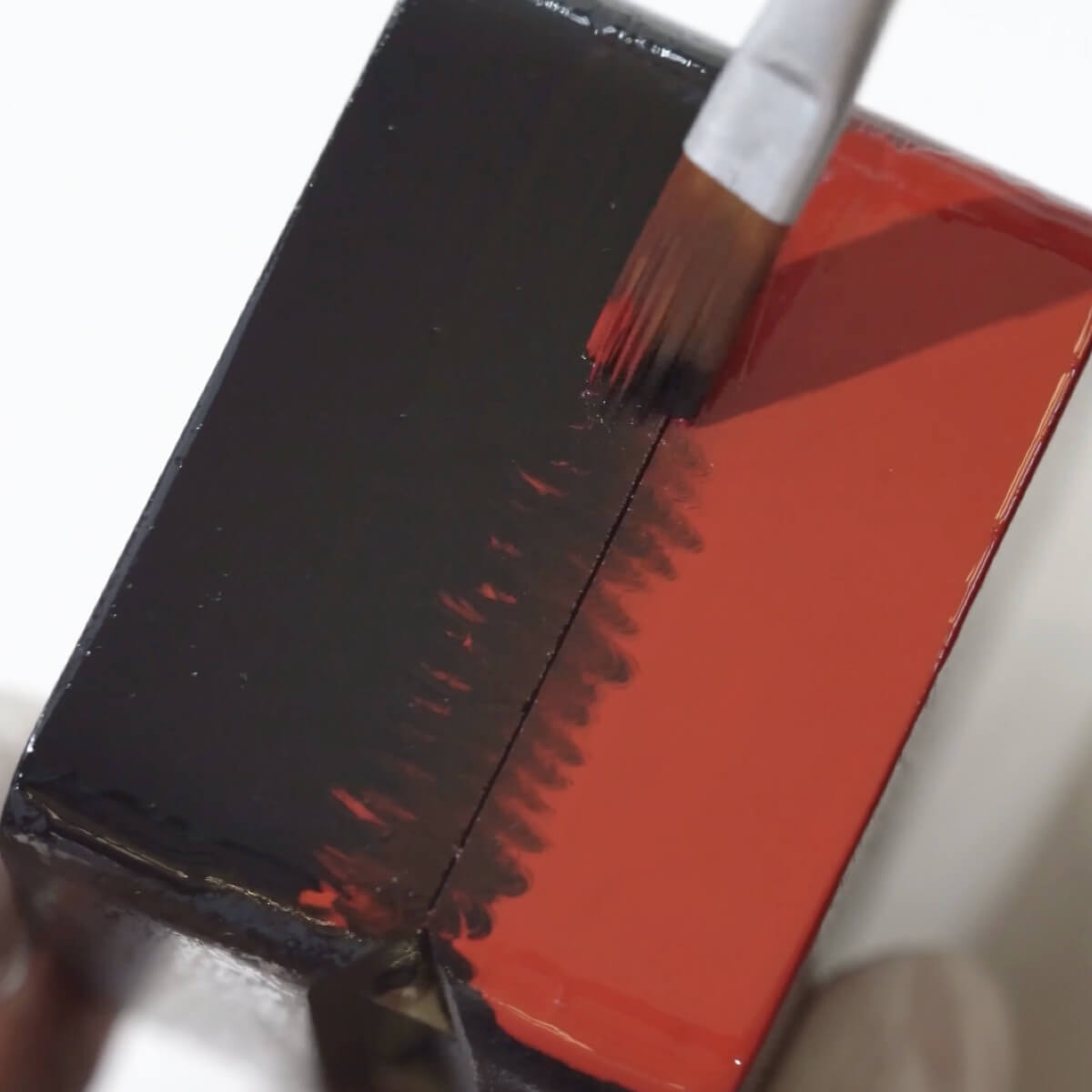

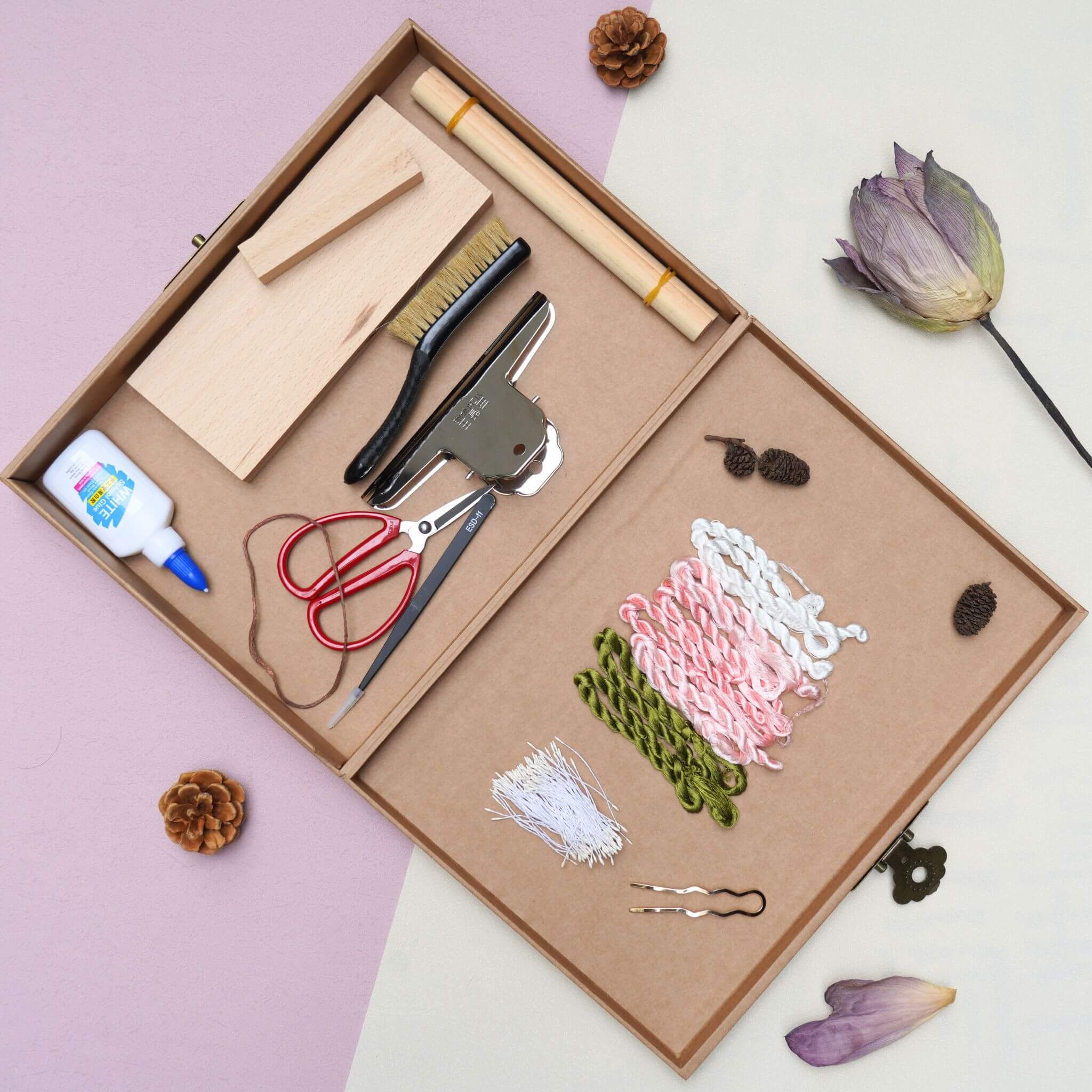
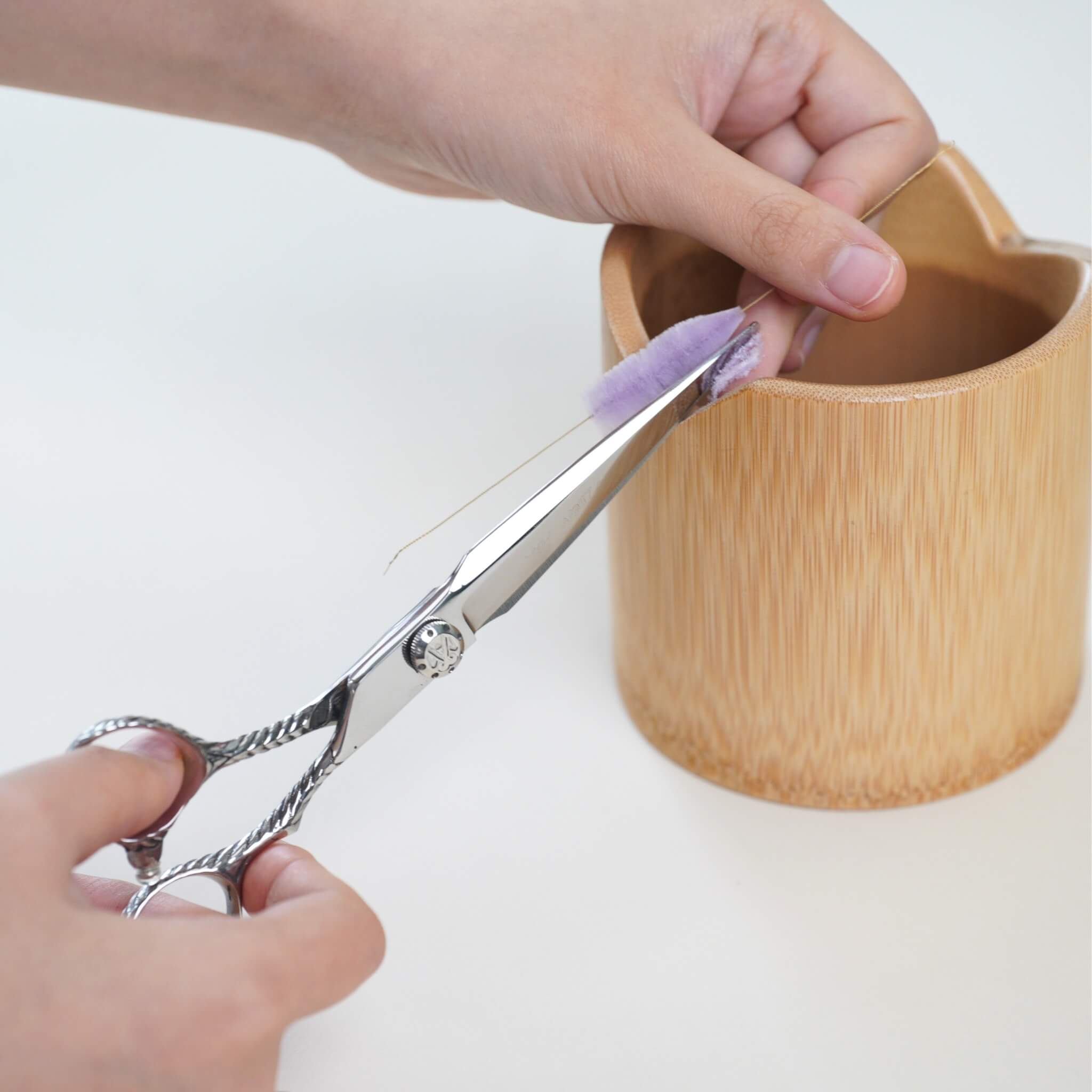

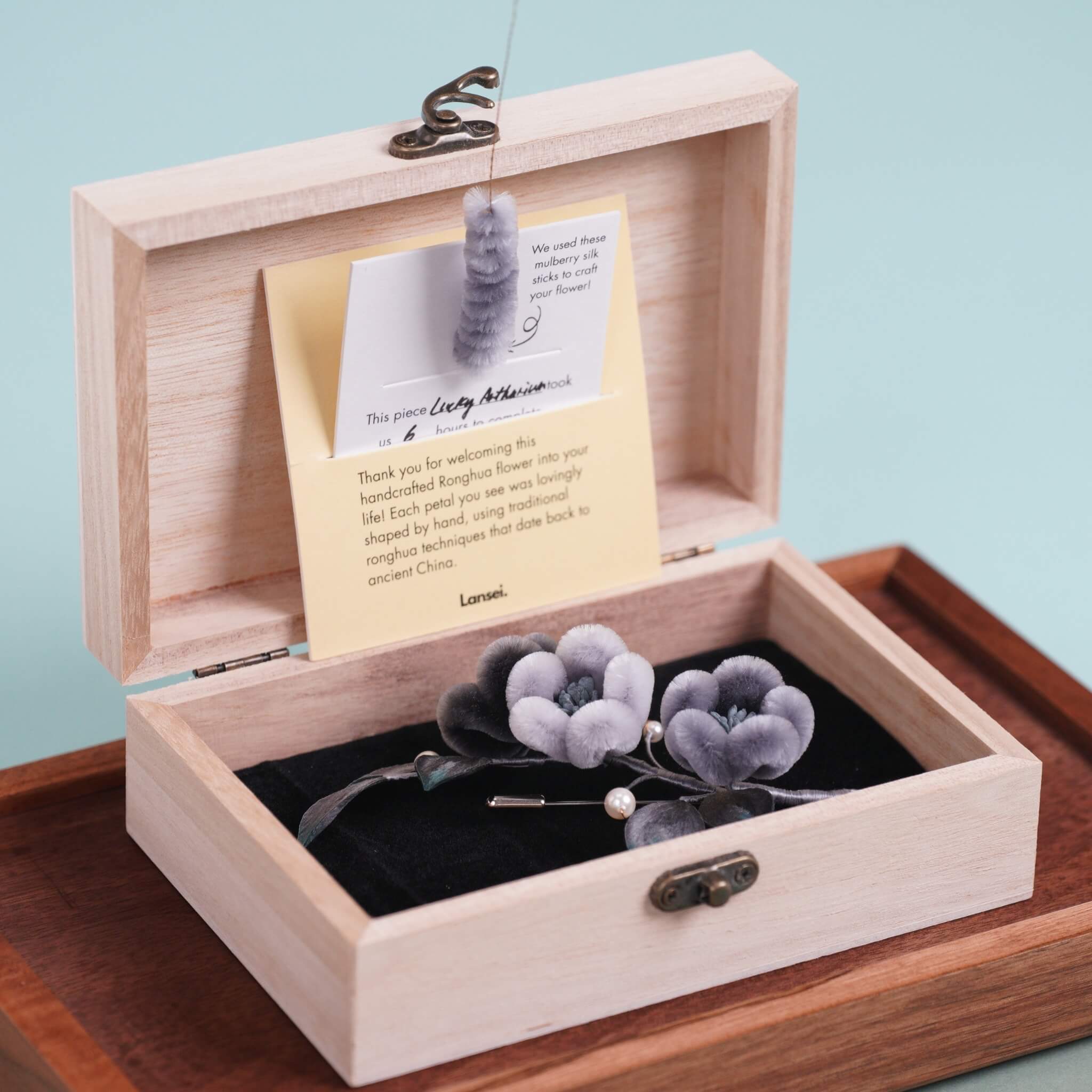




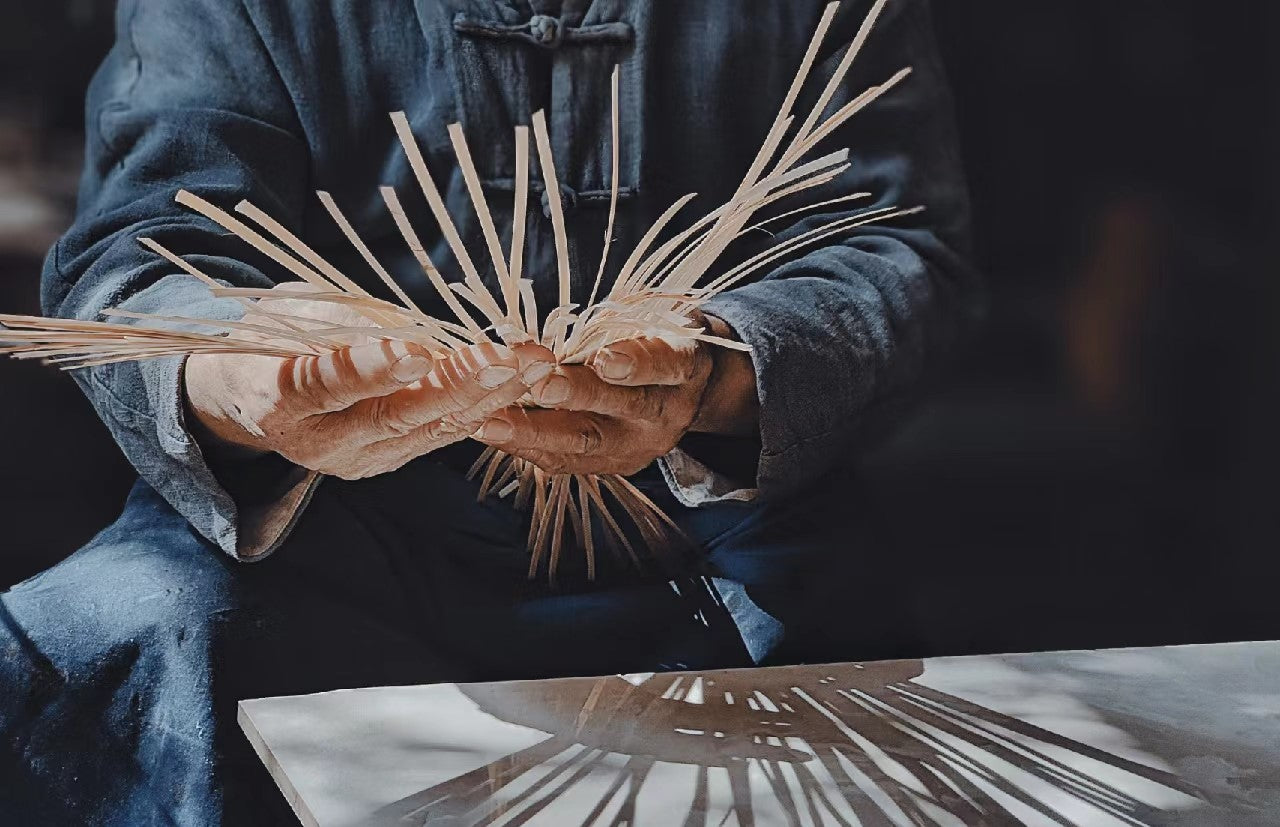
Leave a comment
All comments are moderated before being published.
This site is protected by hCaptcha and the hCaptcha Privacy Policy and Terms of Service apply.